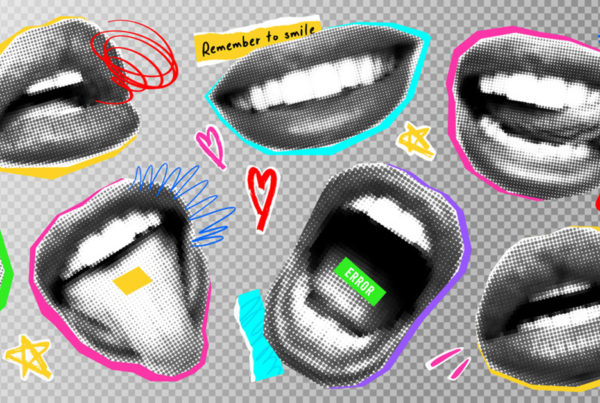Words are a great tool if used right. Your choice of words is important to how you and your brand are perceived in the marketplace. Read how you can use small words to create more interest in your messages.
Make it simple
“Sorry my text is so long; I didn’t have time to write shorter”. Words that say a lot about the art of copywriting. It’s about making it simple and compelling; rather than just filling it up. You do that by using the right words: ones that are shorter than longer; ones that matter.
A picture is worth 1,000 words, they say – but not necessarily more than 3 words or 10. The right words can also paint pictures that move and seduce – if you take the time to find them.
Thank you for reading this post, don't forget to subscribe!
Short words please
“Don’t be afraid of long words”, American advertising man Arthur Kudler once said, “long words mean small things. All big things have short names; like life and death, war and peace, mother and father, day and night, hope and home. Learn to see the big in short words. It’s hard, but they tell you what you mean. If you don’t know what you mean, use long words. It will often fool small people.”
Ok, that’s put on point; and maybe a little bit trite. But the essence is good enough: there’s no need to beat around the bush with fancy phrases; there’s a myriad of short words that can tell your stories accurately and simply. Long words and phrases make your text harder and less comprehensible to absorb; and overly long words and platitudes risk making you seem superficial and untrustworthy.
Words are music
And music can be both catchy and killer. If you want your lyrics to play, they need to be lively and varied. Use words and phrases that sway and resonate. Surprise with its linguistic variations. And use pauses that ensure the right rhythm. It’s easier said than done. And far from something everyone masters; but below are a few basic rules you can follow:
Basic rules
– Use verbs in the active rather than the passive form
– Don’t use the same words and phrases several times in a row; repetition spoils the music of your text and makes it boring and unoriginal
– Avoid technical terms and colloquialisms that most people do not understand
– The aim of a text is never to fill up. Keep it short and spare filler words like “really”, “well”, “a little”, “so”, “just”, “rather”, “quite”, “namely”, etc.
– Set the tone with a catchy headline
Control your creativity
There’s a battle for attention, so the ordinary is rarely the way to go. A good headline has a knock-on effect. Because it hits the nail on the head, surprises or amazes. Because it evokes smiles, curiosity or outrage. Words with double meanings can be effective; so can letter rhymes and short, witty statements. But be careful not to overdo it. It’s easy to get too cryptic; or too corny, in your eagerness to be creative. Then things get the wrong edge. Then the punch effect doesn’t serve its purpose.
Use language properly
Anything goes when it comes to language. If too many people misunderstand the meaning of a word, it becomes a pendulum swinging between two opposite meanings. “That’s how language evolves”, is the argument; but the question is whether, as a writer, you do yourself a disservice by blowing the original meanings out of proportion. When well and good suddenly changes meaning from a little above to a little below and the word barely to the opposite, many, especially in the older generation, become confused. The next thing is that double entendre (joining words that unnecessarily repeat the same meaning), the use of incorrect spellings and grammatical errors also become permissible. And then there’s the fuss. Because words are pictures, disturbed by misspellings and missing endings. Nothing can spoil the reading experience and take the seriousness out of a text like sloppy and incorrect language. Is that the level? One thinks involuntarily. So how good are they at what they claim they can do? And trying to sell to me?
Be relevant
A message is not seen until it is seen with the heart. Therefore, it is important that you know who you have in front of you and speak to his/her emotions. If you want to captivate with your message, you need to move – in both the sense of touching and moving. You can only do this if the reader can see the idea in what you have to say. If they’re with you and feel there’s a reason to stick around.
Hope you’re still here.
If you’re interested in learning more about how we work with words, messages, concepts and branding, please get in touch.



